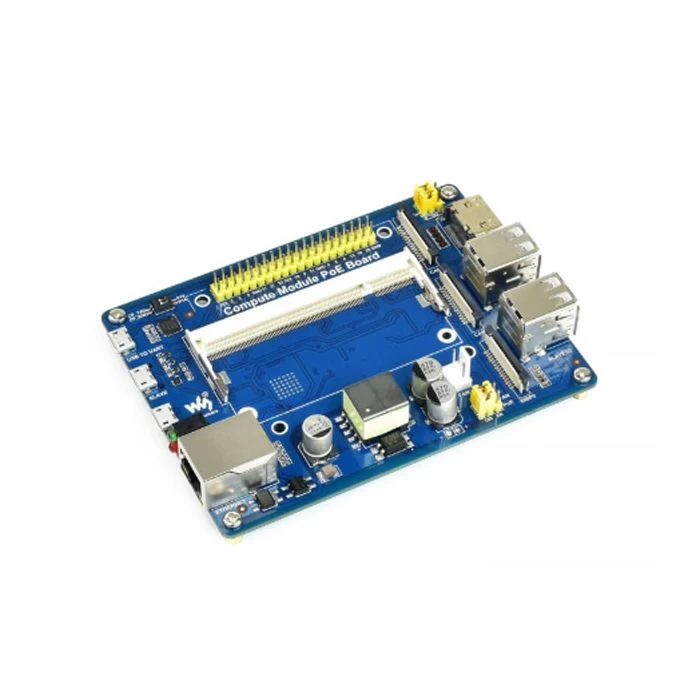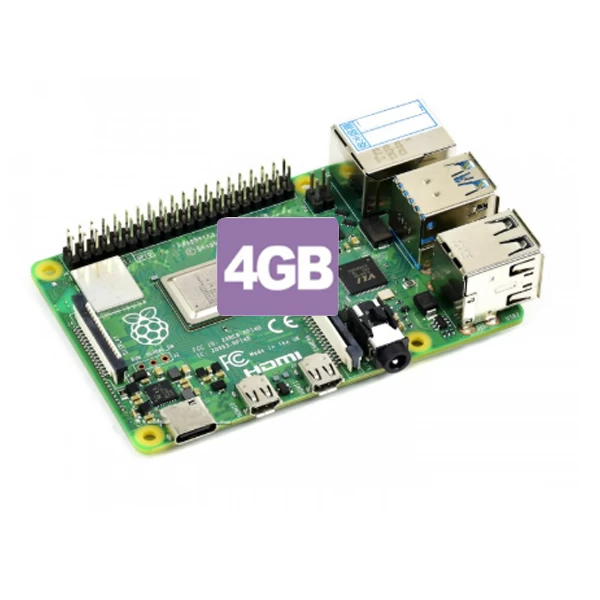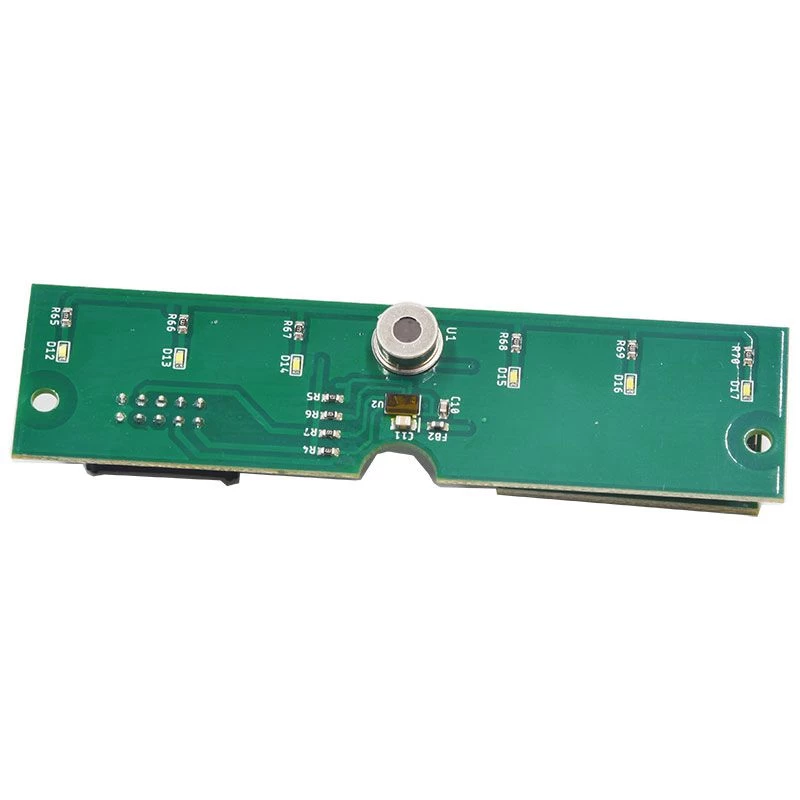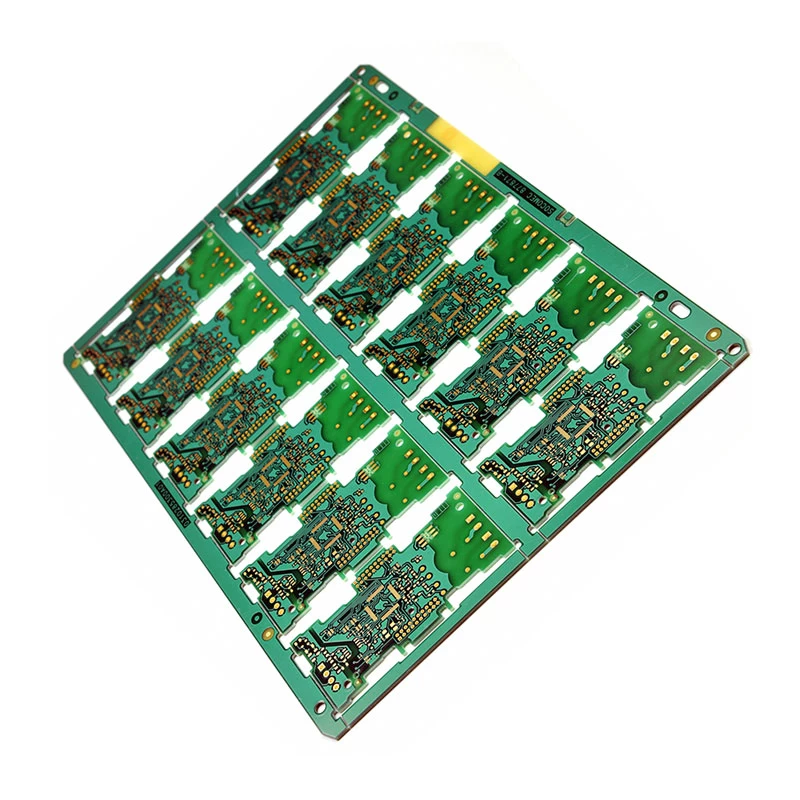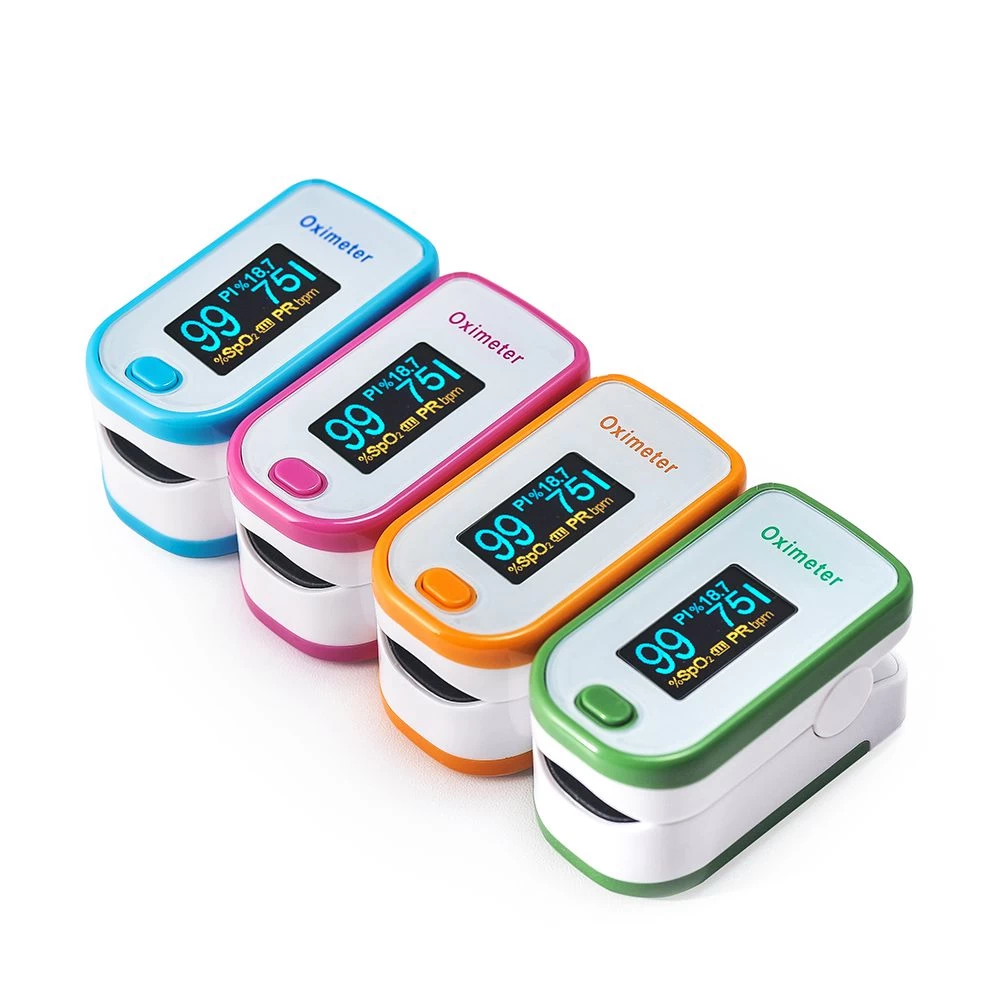What is the PCB Surface Finishing?
o-leading.com
o-leading.com
2017-11-16 16:25:01
Surface finishing refers to the finish of all exposed solder pads on the PCB surface.
There are a wide variety of surface finishes available but the most commonly used are HASL (Hot Air Solder Levelling) and ENIG (Electroless Nickel Immersion Gold). 
There are a wide variety of surface finishes available but the most commonly used are HASL (Hot Air Solder Levelling) and ENIG (Electroless Nickel Immersion Gold).

Hot Air Solder Levelling (HASL)
The PCB is fluxed prior to immersion to aid solder whetting and the panel is completely coated in solder as it is removed from the solder pot. The high temperature and pressure of the air being emitted at the tip of the air knives effectively removes all excess solder from the solder resist surfaces of the board as it passes between them, leaving all the previously exposed copper areas coated with a bright, level solderable finish. The board is then cooled before being processed through a cleaning line to remove any remaining flux residues ensuring a clean dry board for the next stage of processing.

The PCB is fluxed prior to immersion to aid solder whetting and the panel is completely coated in solder as it is removed from the solder pot. The high temperature and pressure of the air being emitted at the tip of the air knives effectively removes all excess solder from the solder resist surfaces of the board as it passes between them, leaving all the previously exposed copper areas coated with a bright, level solderable finish. The board is then cooled before being processed through a cleaning line to remove any remaining flux residues ensuring a clean dry board for the next stage of processing.

Electroless Nickel Immersion Gold (ENIG)
ENIG is a flat RoHS compliant finish and is commonly applied to PCBs which incorporate surface mount and fine pitch BGA component technology. A very thin layer of gold (0.08 – 0.1microns) is deposited over 3-5 microns nickel providing and exceptionally flat and highly solderable finish. The process is electroless meaning that metal deposition takes place as the result of chemical interaction within the process and without the need for applying an electrical current to the solution or the panel to form a deposit.
As gold is a precious metal ENIG is more expensive than HASL and this should be taken into consideration when specifying the finish of your PCB. However, for high reliability, long life products ENIG is typically specified as standard.
ENIG is a flat RoHS compliant finish and is commonly applied to PCBs which incorporate surface mount and fine pitch BGA component technology. A very thin layer of gold (0.08 – 0.1microns) is deposited over 3-5 microns nickel providing and exceptionally flat and highly solderable finish. The process is electroless meaning that metal deposition takes place as the result of chemical interaction within the process and without the need for applying an electrical current to the solution or the panel to form a deposit.
As gold is a precious metal ENIG is more expensive than HASL and this should be taken into consideration when specifying the finish of your PCB. However, for high reliability, long life products ENIG is typically specified as standard.














